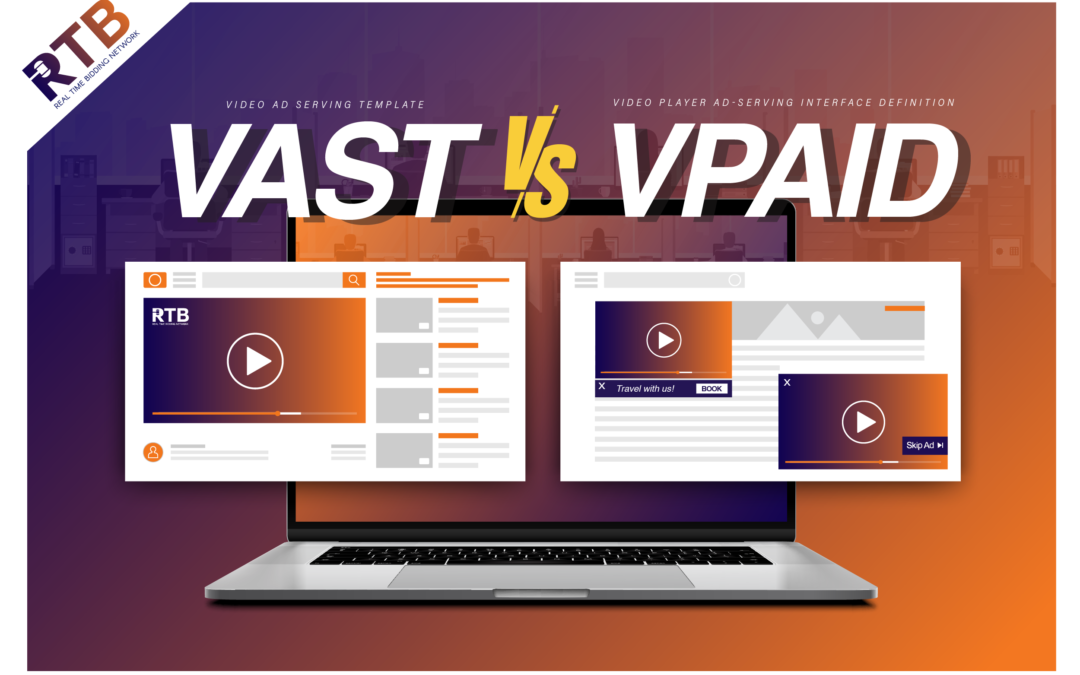Acronym: VAST is Video Ad Serving Template, while VPAID is Video Player Ad-Serving Interface Definition.
Main: VAST creates communication bridge between video player and ad server, while VPAID creates an interaction bridge between video player and video ad units.
Support: VAST supports all standard forms of video ads in all compliant video players, while VPAID supports interactive forms of video ads in all compliant video players.
Purpose: VAST allows video ads to run in the video player by coordinating with ad server, while VPAID provides video ads that interact with the video player.
Preload: VAST doesn’t allow the ad to preload before rendering the main video, while VPAID allows the ad to preload before the main video.
Task: VAST helps video players perform different tasks such as the ad to run, the ad length, or calls to action, while VPAID helps video ads to be interactive, such as click on tabs, take a survey, play a game, zoom in or out, or submit a form.
Measurement: VAST doesn’t have any viewability and performance measurement, while VPAID allows viewability and performance measurement tools for verification.
Data: VAST provides a uniform way of data exchange to pass from ad server to video players without any technology, while VPAID offers API integration to accept more complex video ads.
Latest Versions: VAST has four versions having the fourth upgrade VAST 4.1, while VPAID has two versions having the second upgrade VPAID 2.0.
In simple words: VAST is for video creative, while VPAID is for player.
Which video ad you would like to implement depends on the purpose of your ad campaign and the users’ interactions. For more information regarding what video ad to implement, contact us to help you decide and try our ad-ing-s!

